12 Oct Paisley A Genuinely Global Motif in the Design World

Paisley is a genuinely global motif that survived many years, passing through various cultures, evolving into many shapes, names, and colors. The credit for this goes to the endless love of this motif from the tastemakers worldwide. This article traces the origin, movement, evolution, and beauty of this antique motif, which is still a design identity of fashion and home companies from ‘Etro’ in Italy to ‘Kashmir Loom’ in India.

Paisley Buta. c 1680. Kashmir Design. A slender plant design derived from Persian floral ornament with the naturalism of Mughal art. Image Credit: Kashmircompany.com
The Origin of Paisley or Buteh in Persian / Iran
The Paisley motif has its roots in the Persian culture. It originated in Iran in Kerman, the capital city of Kerman Province in Iran. Kerman is famous for its long history and strong cultural heritage. The city is home to many historic mosques and Zoroastrian fire temples and the Buteh motif.
In Iran, they say that the inspiration for buteh comes from a bird sitting on the very tip of a cypress, bending it over. Such a poetic view.

The Buteh as Buti or Buta (meaning a little flower) in India
The history of Buta in India has links to the history of Kashmiri Shawls. Kashmiri shawls first came into notice during the 11th century. The wool for these shawls comes from the undercoat of the Changthangi goat found in the high reaches of the Ladakhi plateau.
The sheepherders in Ladakh collect the fine fluff called ‘Pashm.’ and send it to Kashmir. The Pashm is spun into one of the softest and most delicate fibers and provided to the Kashmiri weavers to weave into the most coveted shawls since time immemorial, i.e., the purest Pashmina or Cashmere shawls.
The warmth of cashmere shawls also contributes to the shawl’s luxury. The goats that shed the wool wander into the high Himalayas, where the bitter cold makes their underbellies sprout dense, ultrafine wool. The goats shed this pashmina in the summer by rubbing themselves against rocks and bushes;
READ MORE THE STORY OF CASHMERE OR KASHMIR SHAWLS
Once, the Kashmir shawl came under Mughal rulers’ purview. The craftsmanship and design of the shawl enhanced under their royal patronage. The first promoter of Kashmir shawl was Zain-ul-Abidin, who ruled Kashmir from 1459 to 1470 and encouraged weavers from Persia and Central Asia to move into his kingdom. During this period of movement of Persian artisans to India, there is a belief that the paisley motif traveled to India and became a part of Kashmiri shawls and Indian design language. It is said that Mir Sayyid Ali Hamadani, a Persian Sufi Poet, traveled to Kashmir on various occasions. Hamadani is regarded as having brought multiple crafts and industries from Iran into Kashmir; it is said that he brought with him, 700 followers.
The next patron of Kashmiri Shawl was Akbar (reigned 1556–1605), who made the shawls central to the Kashmiri practice of khil’at, “robes of honor.” These unique honor Shawls were highly decorated with all sorts of patterns. Interestingly, there is a story that the buta motif might have come into existence because it resembled jigha, a crown insignia jewel used to pin a feather to a courtier’s turban. (Gradually, the jigha elongated, more and more resembling the feather it anchored. So, yet another reading: Paisley is a feather)
Clearly, in India, Buta began its life as the privilege of cosseted, powerful men.
The making process of Luxurious Kashmiri Shawls with Paisley/Buta Motif
In addition to rare hand-collected wool from high altitudes in the Himalayas and fine hand-spun threads, the original Kashmiri shawls filled with intricately designed buta are made of two textile techniques: kanikar or amlikar.
Kanikar comes from the word kani, meaning shuttle. It refers to the twill tapestry weaving technique. The method sometimes requires 40 to 50 shuttles based on the intricacy of designs and colors used. The weaving of such shawls is labor-intensive, each shawl taking a weaver between two and three years to complete.
Amlikar shawls are embroidery shawls. The designs are embroidered on a plain ground cashmere fabric with the decorative pine motifs. Since many embroiderers could work simultaneously on different sections, a single amlikar shawl took considerably less time to complete.
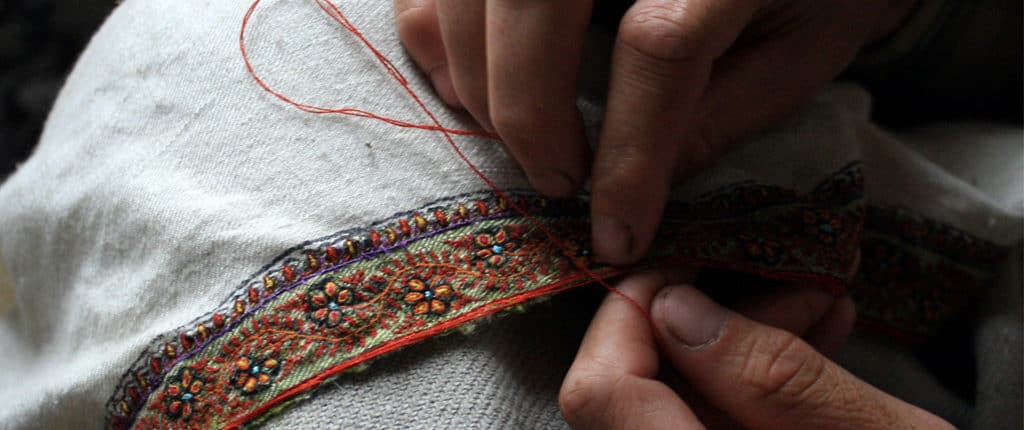


The arrival of Cashmere shawls with Buta Motif in Europe
Going back to the Mughal practice of presenting these iconic shawls as a ‘robe of honor’ in their courts, presented these shawls to some of the British officers stationed in India as a part of the already established East India Company. The English officers sent the shawls back home to their sweethearts, who clamored for more. In the second half of the eighteenth century, the British East India Company introduced the Kashmiri shawl to Europe.
In another interesting story, the fresh from conquering Egypt, many of Napoleon’s officers found themselves stationed near Kashmir and similarly tempted by these shawls and sent them back home to their ladies. Napoleon’s wife Joséphine began stockpiling shawls with buta motifs, and by the early 1800s, European desire for these shawls had intensified into a frenzy.
There is a beautiful painting of Napoleon’s Empress Josephine by Antoine-Jean Gros (1771–1835) titled L’Impératrice Josephine. She not only has paisley covered Kashmir shawl draped over her shoulder but is wearing a gown made of paisley Kashmiri shawls.
Other paisley shawls depicted in period paintings include the 1790 Portrait of the Marquise de Sorcy de Thélusson by Jacques Louis David (1748–1825) and the 1805 Madame Rivière by Jean Auguste Dominique Ingres (1780–1867).


Buta becomes Paisley post-arrival in Europe.
Soon after the Kashmiri shawls with pine motifs reached the wardrobes of European tastemakers like Empress Josephine and won her admiration, it became an object of European women’s supreme desire. However, Kashmir’s shawl used superior Himalayan wool and laborious and expensive craftsmanship. Therefore this commodity was not available for the mass demand arriving from Europe, which led to the copying of these Indian designs and shawls in Europe to the extent that there were efforts made to domesticate and introduce the Ladakhi goat into Europe during the height of shawls’ popularity. The efforts proved futile when the goats failed to thrive in the continent’s lower altitude. As a result, the European version of Kashmir shawls was made of silk, wool, silk, and wool blends; the hand, softness, and drape were always inferior to the original.
As for the design, By 1808, professional weavers in the small town of Paisley, outside Glasgow, Scotland, were producing shawls in large quantities in the Kashmiri pattern. Hence the Indian buti and Persian buteh received the English name “paisley.”
The French were soon making the shawl in Lyons, the most significant French silk production and fashion textiles center of the time.
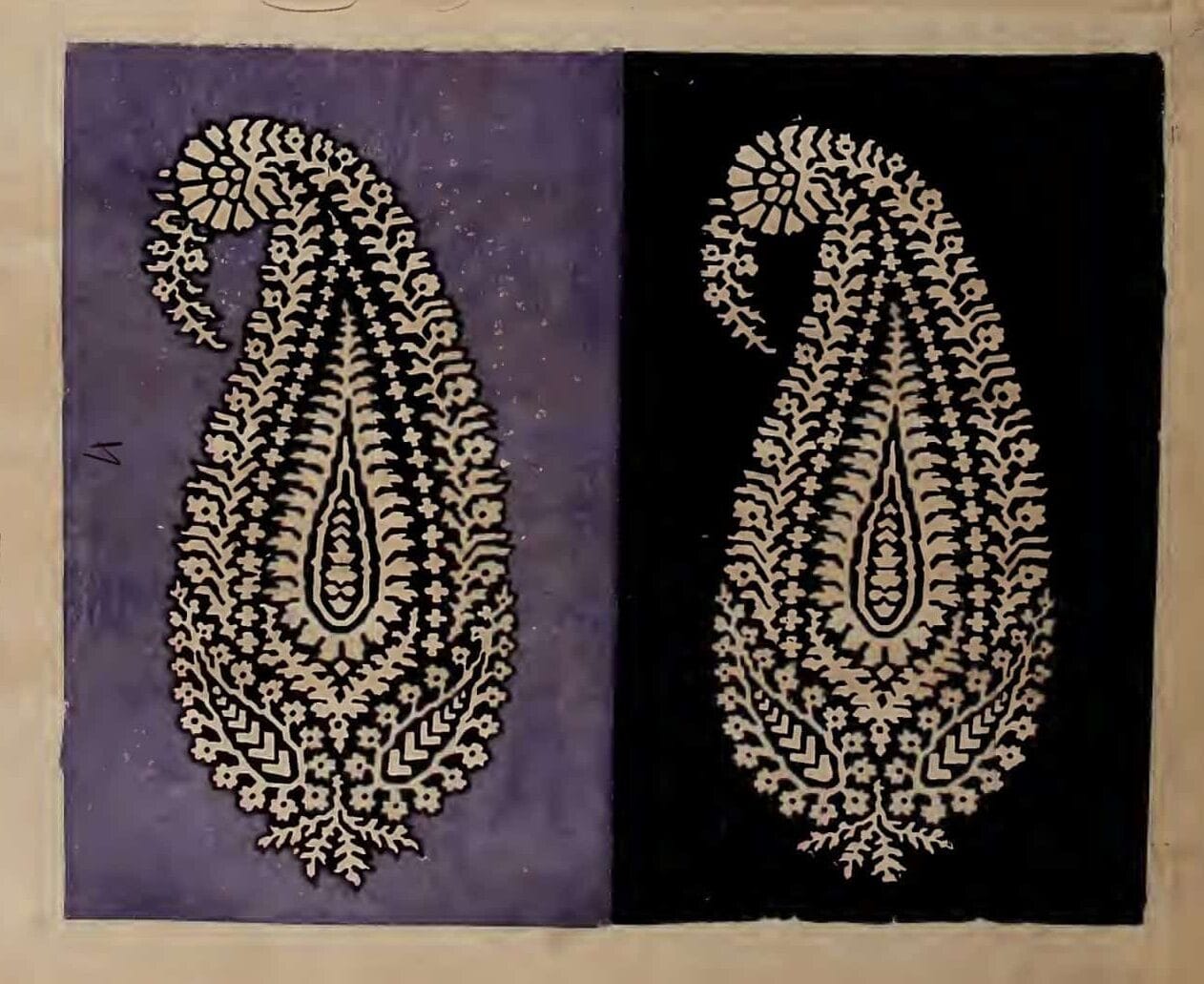

Widely used by the 1830s, the introduction of mechanized Jacquard loom revolutionized shawls’ production in Europe. This followed patent wars between different manufacturing centers of paisley shawls in Europe. By the 1860s, paisley as a design made its way into the prints and was seen everywhere from outerwears to bridal trousseaux as “kirking shawls” worn by brides in their first outing to church (“kirk”) after the wedding.
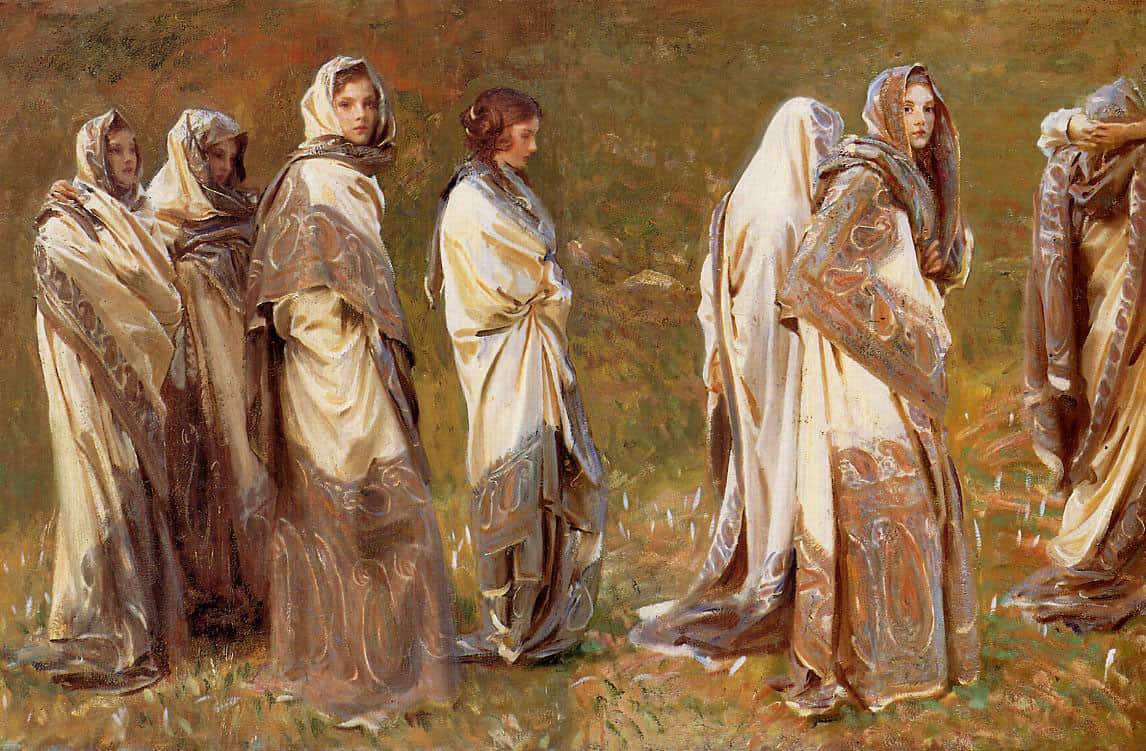
A pattern of exclusive royal privilege in the East becomes the pattern of Western capitalist longing.
Paisley lost its fame for a small period in the history of Western design. However, Paisley was back into vogue in the 1960s as Psychedelic Paisley. John Lennon had his Rolls-Royce painted paisley after the Beatles visited India, and the band’s embrace of everything Eastern boosted paisley’s profile considerably.
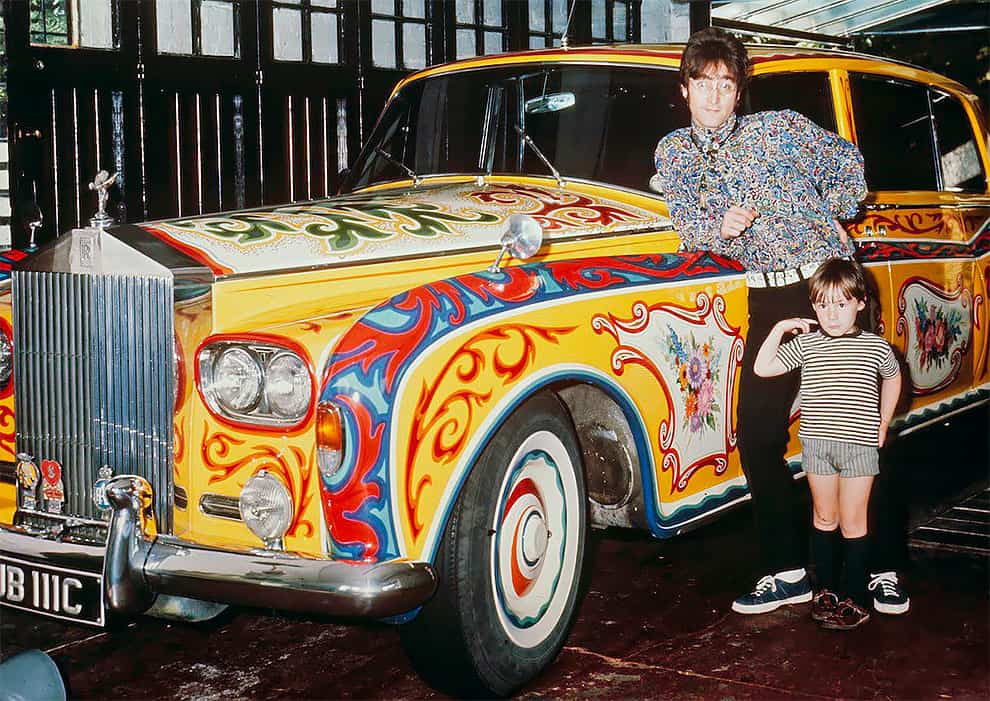
Paisley Motif in High Fashion
From amongst many western high fashion brands that have developed collections inspired by the Paisley motif, it is the Italian luxury brand Etro, that played a prominent role in taking the Paisley story internationally. Etro was founded in Milan in Italy in 1968 by Gerolamo “Gimmo” Etro as a textile design company. The primary motif for Etro textile designs over its first decades was the paisley pattern and variations on this theme. The Etro executives made a trip to India to research for their furnishing textiles. The line made its debut in 1981. According to Elle Magazine, the “swirling” paisley design found on this trip is now “synonymous” with the label.
The company also began producing leather goods in 1984, crafted from Paisley Jacquard fabrics.

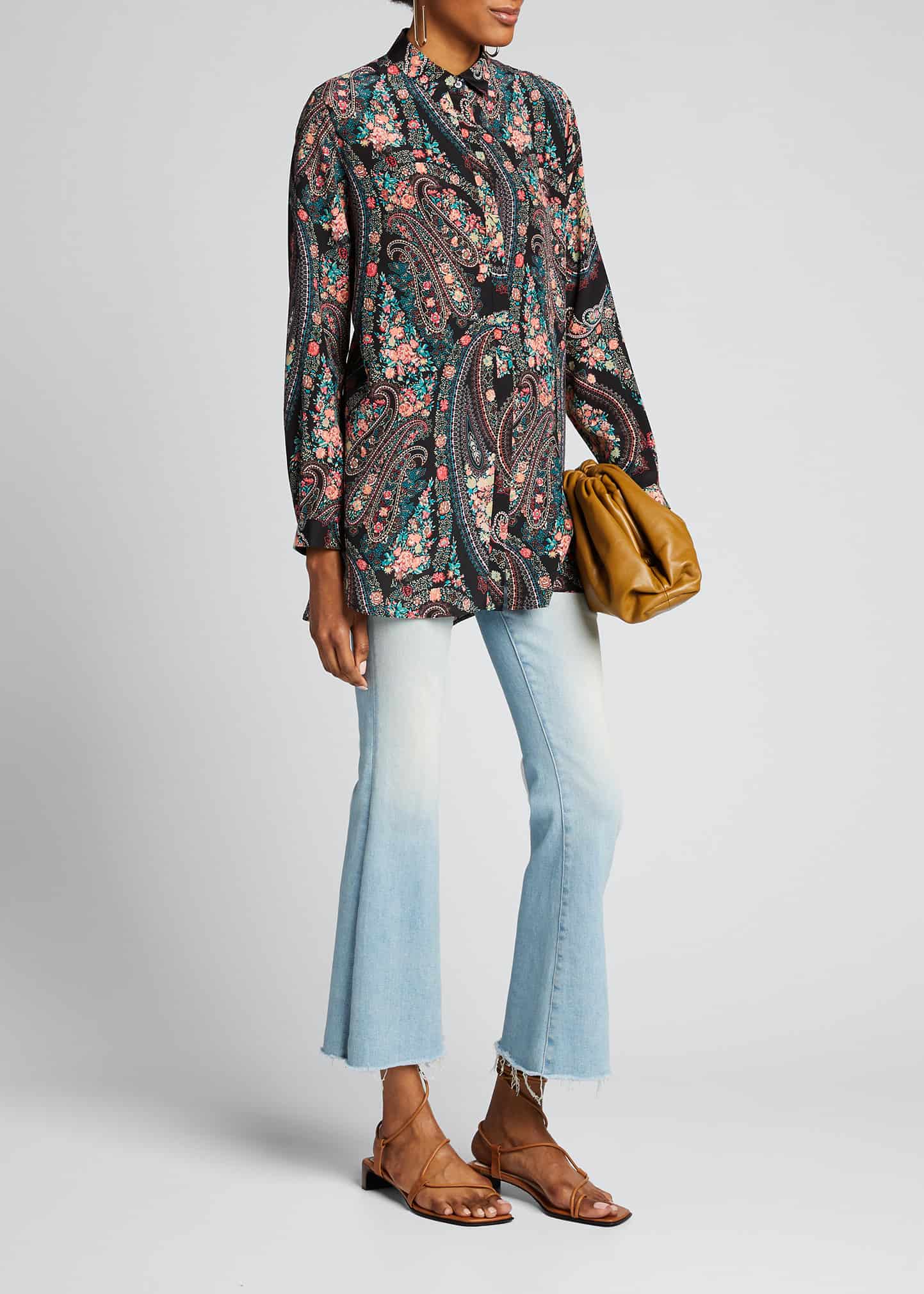




In 2019, the Cooper Hewitt Design Museum in New York City put up an exciting exhibit on the Paisley motif. The exhibition also showcased the historic textiles that inspired Veronica Etro’s Spring/Summer 2018 Tree of Life collection.
I would like to end by saying that the humble Persian Butah has become a genuinely global motif.
ABOUT THE AUTHOR
 Nidhi Garg Allen is an alumnus of Parsons School of Design and Adjunct Professor at the Fashion Institute of Technology. She is a technologist turned artisan entrepreneur and the founder and CEO of Marasim. Marasim based in NYC is committed to preserving artisanal textiles that make use of regional techniques without uprooting craftspeople from their native communities
Nidhi Garg Allen is an alumnus of Parsons School of Design and Adjunct Professor at the Fashion Institute of Technology. She is a technologist turned artisan entrepreneur and the founder and CEO of Marasim. Marasim based in NYC is committed to preserving artisanal textiles that make use of regional techniques without uprooting craftspeople from their native communities






Lindie Ward
Posted at 01:42h, 09 DecemberThank you – a wonderful article. I have been confused by the origin of the Buteh symbol and now I see why!!!
Nidhi Garg
Posted at 13:12h, 07 JanuaryThank You Lindie!
Jerold
Posted at 03:08h, 22 JulyI like it when people come together and share ideas.
Great blog, stick with it!